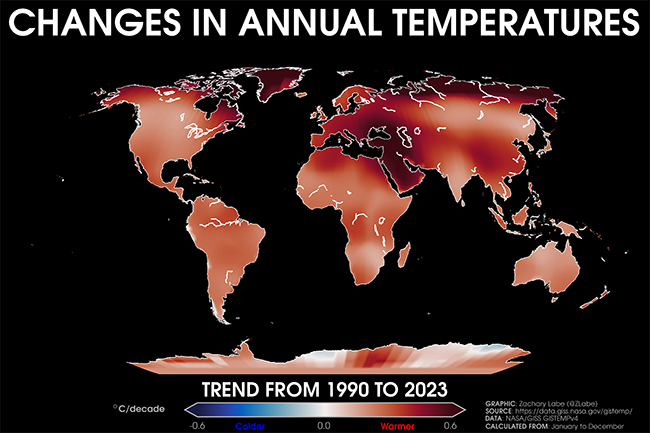Zap Energy’s FuZE-Q demonstration reactor is slated for completion in mid-2022.
But tokamaks aren’t the only path to fusion power. Seattle-based Zap Energy’s FuZE-Q reactor, scheduled to be completed in mid-2022, bypasses the need for costly and complex magnetic coils. Instead, the machine sends pulses of electric current along a column of highly conductive plasma, creating a magnetic field that simultaneously confines, compresses, and heats the ionized gas. This Z-pinch approach—so named because the current pinches the plasma along the third, or Z, axis of a three-dimensional grid—could potentially produce energy in a device that’s simpler, smaller, and cheaper than the massive tokamaks or laser-fusion machines under development today.Z-pinched plasmas have historically been plagued by instabilities. In the absence of a perfectly uniform squeeze, the plasma wrinkles and kinks and falls apart within tens of nanoseconds—far too short to produce useful amounts of electricity.
Zap Energy’s approach, which it calls sheared-flow stabilization, tames these instabilities by varying the flow of plasma along the column. The design sheathes the plasma near the column’s central axis with faster-flowing plasma—imagine a steady stream of cars traveling in the center lane of a highway, unable to change lanes because heavy traffic is whizzing by on both sides. That arrangement keeps the fusion-reactive plasma corralled and compressed longer than previous Z-pinch configurations could.“We think our reactor is the least expensive, most compact, most scalable solution with the shortest path to commercially viable fusion power,” says Ben Levitt, Zap Energy’s director of research and development. Levitt predicts that Zap will reach Q=1, or scientific breakeven—the point at which the energy released by the fusing atoms is equal to the energy required to create the conditions for fusion—by mid-2023, which would make it the first fusion project to do so.
Given the long history of broken promises in fusion-energy research, that’s the sort of claim that warrants skepticism. But Zap’s ascent of a forbiddingly steep technology curve has been swift and impressive. The startup was founded in 2017 as a spin-off of the FuZE (Fusion Z-pinch Experiment) research team at the University of Washington. The company produced its first fusion reactions the very next year. Before the company’s founding, the university team had collaborated with Lawrence Livermore National Laboratory researchers. They won a series of U.S. Department of Energy grants that enabled them to test the sheared-flow approach at progressively higher energy levels. To date, the company has raised more than US $40 million. 
“Going back decades, a lot of teams have tried to make the Z-pinch approach work, and now Zap has found a way to stabilize it with the sheared flow,” says Matt Moynihan, a former nuclear engineer for the Navy and a fusion consultant. “It’s exciting that it’s working under the conditions they’ve tested, but now we’ll need to see if that stability holds when they scale up the power enough to get net energy out of it.”What no one disputes is the critical need for a carbon-free, always-available electricity source. Nuclear fusion could be it, but mainstream approaches are too costly and advancing too slowly to make an impact on the climate crisis. Zap’s reactor could also be applied someday to advanced space propulsion. Attached to a spacecraft, the end of a Z-pinch reactor could be left open to allow the fast-moving plasma to escape, releasing a jet of material that could propel a spacecraft forward.At this point, both fusion-powered space flight and fusion-powered electricity remain in the theoretical realm—but Zap Energy is aiming for the stars. This article appears in the January 2022 print issue as “A Pinch of Fusion.”
Note: This article have been indexed to our site. We do not claim legitimacy, ownership or copyright of any of the content above. To see the article at original source Click Here













